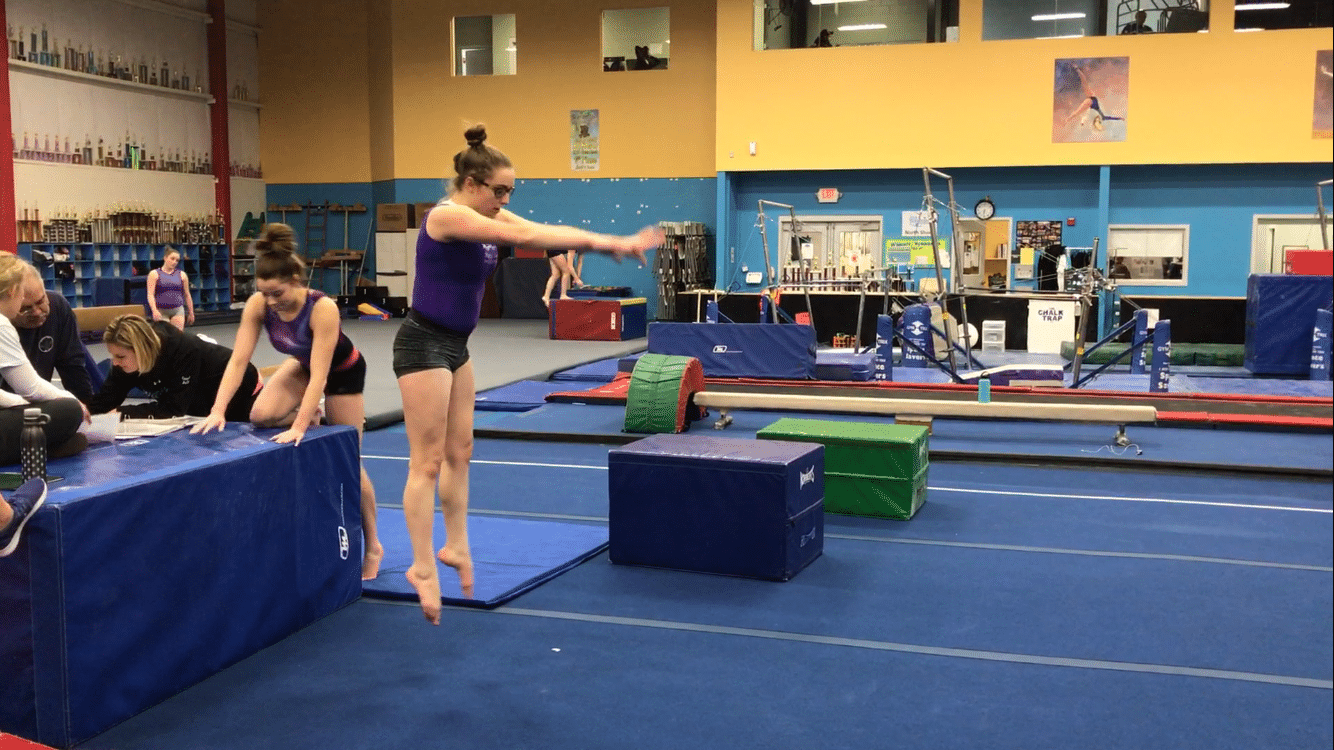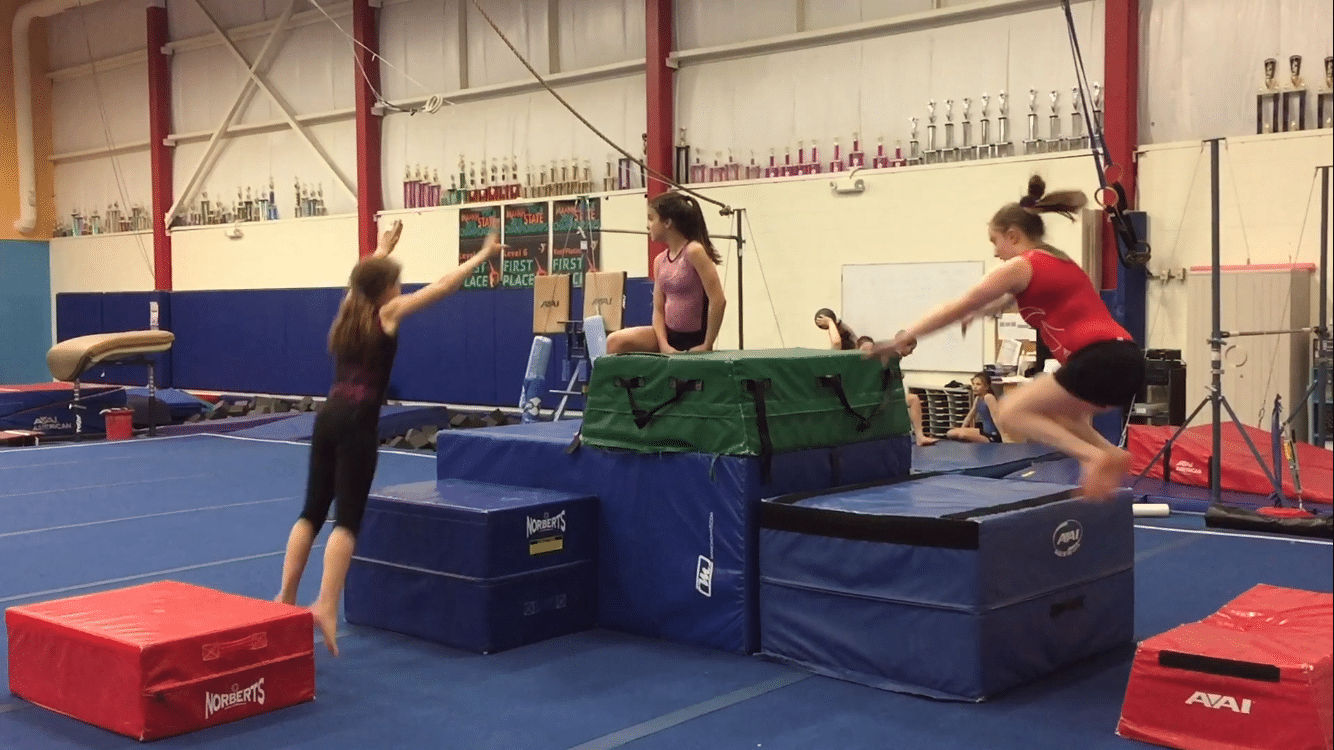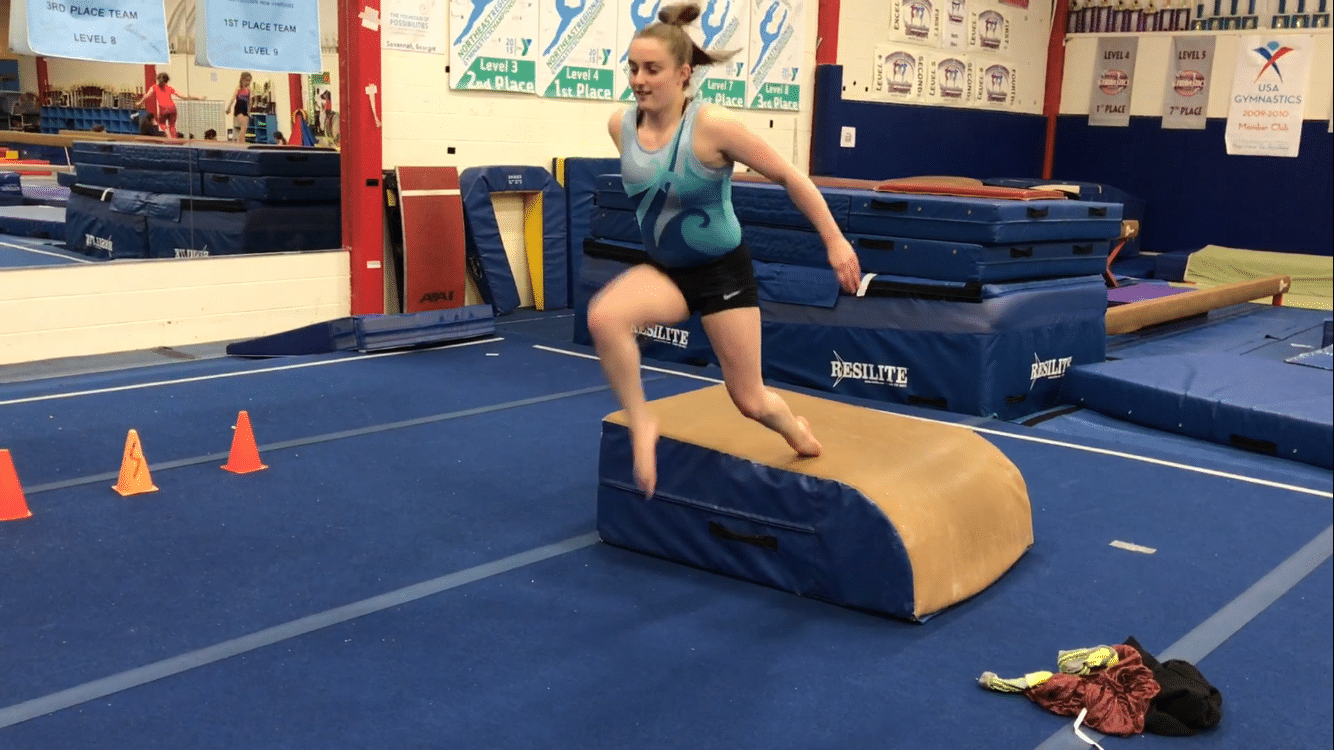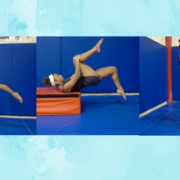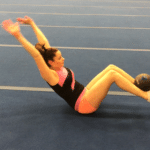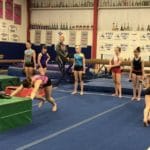Increase Leg Power and Safety with Reactive Depth Jumps
After posting a very popular article on 5 of my favorite lower body power exercises, I had a lot of people contact me asking if I could break down a few exercises further. Today, I wanted to share an exercise I think needs to be a staple in many ground-based jumping sports like gymnastics. They are called “reactive depth jumps”.
Although these are certainly not a new exercise, I think they are something that is still very undervalued or not performed as well. The goal is to
- Have the athlete drop from an appropriately sized box and quickly absorb the landing impact with the highest quality possible
- Minimize the time change from absorbing force to producing it
- Utilize the entire lower body to produce triple extension and reach maximal height, focusing on external cueing (“hit your head on the ceiling”) to produce more force
- Safely return back to the landing position
I mentioned the “highest quality possible” as the main goal. That means that during these landing drills we want to make sure
- The core should is engaged in a 360-degree manner
- The knees track well relatively in line with the 2nd toe
- The hips/posterior chain are active with good co-contraction
- The weight is equal between both feet
We want the athlete to avoid
- The knees caving in excessively with flat feet, or the knees bowing out excessively
- An overextended and non-engaged core positions
- Excessive knee movement over the toes
- The body weight being unintentionally shifted all to one leg
(For more on the specifics of landing technique, check out this article I wrote last year)
As you can see in this variation, I am having the athletes perform a reactive jump to max height focus twice, and then perform jumps for max distance twice. I like this variation to help the athlete focus on different intentional qualities, but also condense the benefits of vertical and horizontal based force production (think goals of jumping higher vs sprinting faster)
Why Bother Using It?
From a performance standpoint, there are many well-established benefits to jump training with proper mechanics for increased power development / force transfer. Tapping into the mechanisms of reactivity and plyometrics can go a long way to boost performance.
From the medical point of view, I can’t overstate enough how important it is to teach and train proper landing mechanics, force transfers, and energy dispersion techniques. It’s still shocking to me just how many athletes in gymnastics (and other sports) are plagued with lower body injuries ( more research articles here, here, here, here, and here)
I am currently treating many athletes sidelined in the middle of the competition season with various lower body injuries, both over use and traumatic one time events. Many of them are directly tied to lower body force absorption skills like seen above. Putting squatting drills in the daily warm up as well as building lower body capacity in strength is of huge importance.
This athletic quality is something that must be taught in depth (hah, get it?), trained on a regular basis, and also manipulated safely to best prepare the athlete for very high forces. There are hundreds of progressions and regressions for this type of category of exercise. Some include changing box height, using double or single leg progressions, changing the number of ground contacts, adding rotational components, including sprinting / jumping mechanics, training in states of fatigue, and more.
For now, I hope people look into how to correctly teach and best apply these types of drills. Best of luck!
Dave Tilley DPT, SCS

